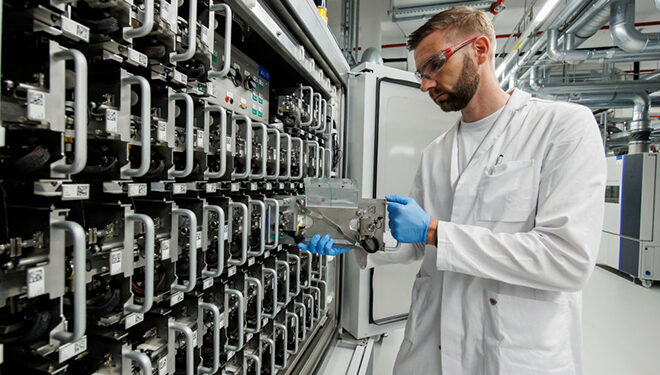Graphite’s dominance in the anodes of electric vehicle batteries faces competition from the higher energy density of silicon and lithium metal, as well as the low costs of hard carbon, according to industry experts.
Graphite, the largest component by volume in rechargeable lithium-ion batteries, can be sourced naturally or produced synthetically from petroleum coke, coal-tar pitch, or oil. Despite its widespread use, graphite often takes a backseat to more costly cathode materials like lithium and nickel.
Battery manufacturers aiming to enhance performance believe that incorporating silicon or even lithium metal into the battery anode can reduce charging times and increase energy density, thereby extending the driving range of electric vehicles. Additionally, sodium batteries that use hard carbon (i.e., graphite) in their anodes can be more cost-effective than those using graphite.
Silicon, for instance, has about ten times the electron-holding capacity of graphite, potentially boosting energy density by 20% to 50%, according to a report by the International Energy Agency (IEA) released in 2021 and revised in early 2022. Furthermore, the variable cost of silicon is less than $2 per kilowatt-hour, compared to graphite’s $7 per kilowatt-hour.
Some graphite anodes already include silicon, and while the shift towards more silicon-rich anodes is underway, it may lead to higher production costs that could offset the savings from lower raw material expenses. The landscape of battery anodes is expected to transform further towards the end of the decade with the anticipated introduction of solid-state batteries. These batteries replace graphite with lithium metal in the anode, increasing energy density by an impressive 70%, and eliminate the liquid electrolyte solution that separates the cathode and anode, as noted in the IEA’s 2021 report.










